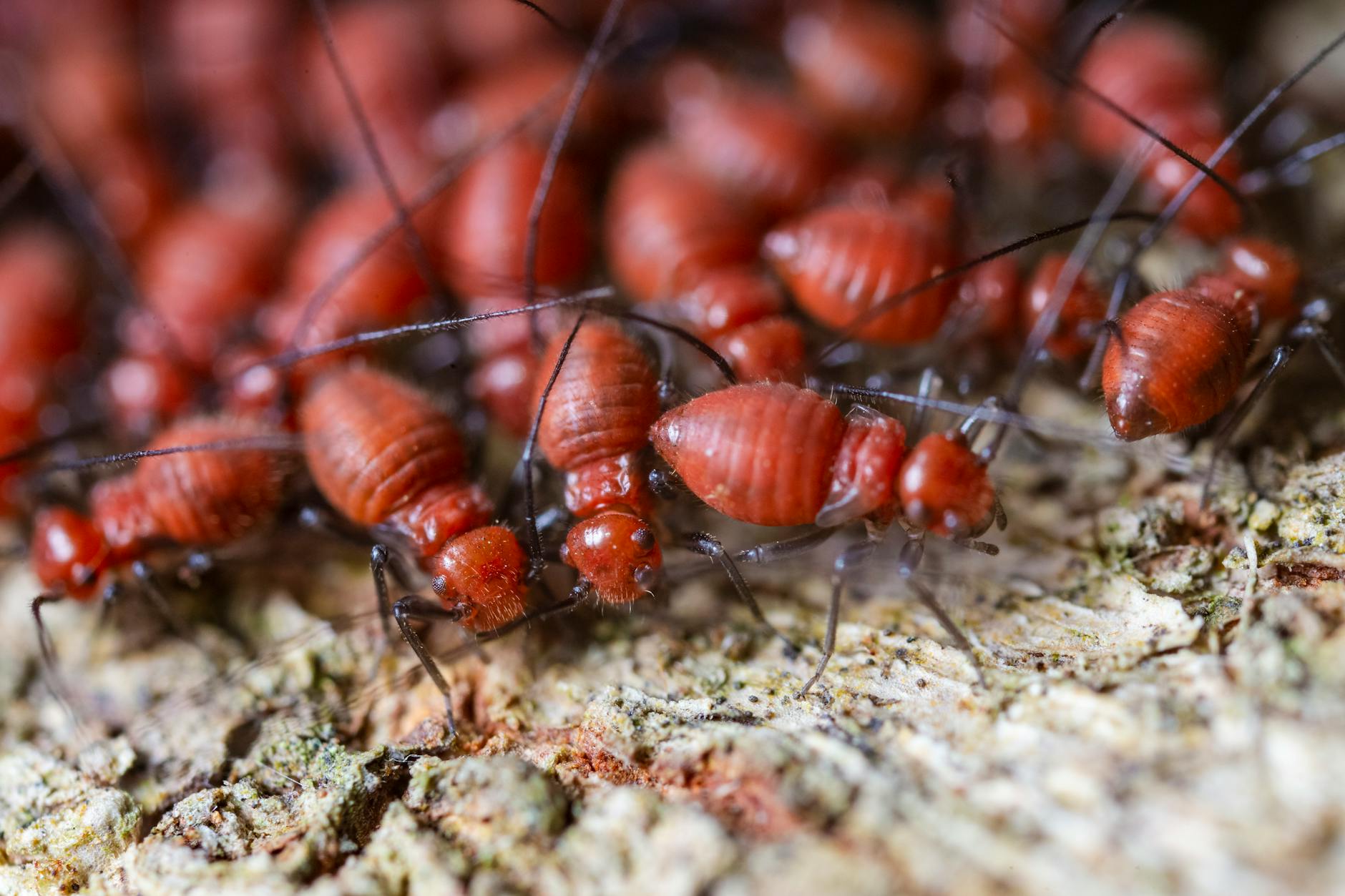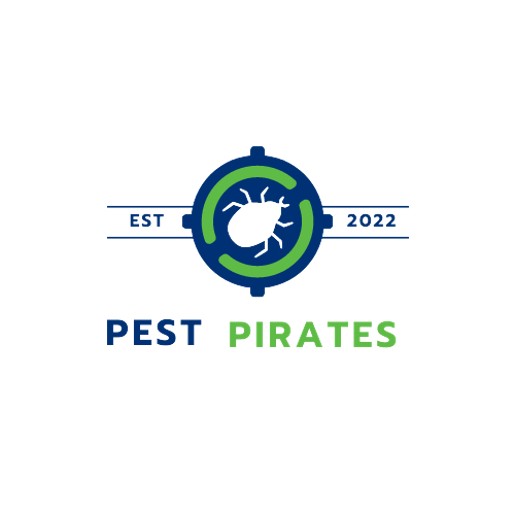
Detecting Drywood Termites
Detecting drywood termites early can save you from extensive damage and costly repairs. These elusive pests can go unnoticed for years, so it’s crucial to recognize the early signs of an infestation.
Signs of Infestation
If you suspect drywood termites have taken up residence in your home, look out for the following signs:
-
Frass: These tiny mounds of termite droppings may appear near wooden structures. Unlike subterranean termites, drywood termites don’t use their droppings to build, so they push them out of small holes near the entry points of their tunnel system. Keep an eye out for these pellet-like droppings as a telltale sign of drywood termites (Orkin).
-
Discarded Wings: After a swarm, you might find discarded wings, especially around light sources. The wings are all the same size, which differentiates them from those of ants. This can indicate that alate termites, or swarmers, are nearby and may have established a new colony (Orkin).
-
Hollow-Sounding Wood: Tap on the wood in your home; if it sounds hollow, it could mean that termites are feasting inside. Drywood termites consume wood from the inside out, leaving a thin veneer of timber or paint.
-
Visible Tunnels: In more severe cases, you might see visible tunnels within wooden structures. Drywood termites create intricate galleries within the wood, which can sometimes be seen on the surface (Solutions Stores).
For more indicators of termite presence, check out our guide on signs of termite infestation.
Inspection and Identification
Proper inspection and identification are key steps in the process of drywood termites elimination. Here’s how you can inspect and identify these pests:
-
Visual Inspection: Examine wooden structures for any signs of damage or the presence of frass. Use a flashlight to check darker areas and a screwdriver to probe wood for weakness.
-
Termite Identification: Drywood termites are roughly ½-inch long, with oval bodies ranging from yellow to brown. The alates have wings but shed them shortly after swarming. Recognizing the right type of termite is crucial, as treatment methods vary (Forbes). To differentiate between types of termites or other insects, you might need to consult differentiating termites from insects.
-
Professional Inspection: If you’re not confident in your ability to identify termites or assess the extent of an infestation, it’s wise to seek a professional inspection. A reliable termite control company can provide a thorough evaluation and suggest appropriate treatment options.
Remember, early detection is your best defense against the stealthy destruction caused by drywood termites. Regular monitoring and prompt attention to potential signs can prevent them from becoming a permanent problem in your home. For more information on termite activity and prevention, explore seasonal termite activity patterns and termite-proof your home for strategies to keep your property termite-free.
Eliminating Drywood Termites
Eliminating drywood termites can be a significant concern for you as a homeowner. Understanding the treatment options available and deciding between professional help and do-it-yourself (DIY) approaches are critical steps in ensuring the complete removal of these pests.
Treatment Options
Drywood termite control can be less labor-intensive compared to dealing with subterranean termites due to typically smaller infestation sizes. Here are some effective treatment methods:
-
Borate Wood Treatment: An approach like using Tim-Bor Professional Insecticide is highly recommended for treating wood against drywood termites. You would mix this product with warm water and apply it to the bare wood, focusing on areas where termites are likely to feast or have been detected. The treatment process involves calculating the linear feet of all walls to estimate the amount of solution needed. (Solutions Stores)
-
Drill and Fill Treatment: Fipro Aerosol Foam is suggested for this method. It involves drilling holes into the infested wood and injecting the foam directly into termite galleries, voids, or crevices near windows, doors, and fireplaces. Afterward, the holes are sealed with a wood patch or sealant to prevent further infestation. (Solutions Stores)
-
Bait Stations: Pest control specialists may recommend placing bait stations around your property to attract and eliminate drywood termites. This method is often part of a broader integrated pest management strategy. (Stampede Pest Control)
Professional vs. DIY Approaches
When deciding between professional pest control services and DIY methods for drywood termite elimination, consider the following aspects:
| Consideration | Professional Services | DIY Methods |
|---|---|---|
| Expertise | High level of expertise and experience. | Requires personal research and understanding. |
| Equipment | Access to professional-grade equipment. | Limited to consumer-grade products. |
| Effectiveness | Comprehensive treatment plans tailored to your home. | Effectiveness varies based on the user’s ability to identify and treat effectively. |
| Safety | Professionals are trained to handle chemicals safely. | Personal responsibility to follow safety precautions. |
| Cost | Potentially higher upfront costs. | Generally lower initial costs, but may increase if multiple attempts are needed. |
| Time | Saves personal time and effort. | Requires a significant time investment. |
| Warranty | Often includes a service warranty or guarantee. | No warranty; success depends on the user’s diligence. |
While DIY methods can be appealing due to their lower upfront costs, they require a solid understanding of termite behavior and sufficient time to carry out treatments. If you’re considering DIY options, be sure to explore resources like get rid of termites naturally, homemade termite killer recipes, and best termite baits.
Professional services, on the other hand, offer the expertise and equipment needed for effective and efficient termite elimination. Professionals can also provide warranties and follow-up services to ensure termites are completely eradicated. To find a reliable termite control company, look for local providers with positive reviews and a track record of success.
Consider factors such as the size of the infestation, the location of the termites within the structure, and your personal comfort with handling pesticides when deciding on the best approach. Whichever method you choose, it’s crucial to address the infestation promptly to prevent further damage to your home. For more information on the costs associated with both professional and DIY termite treatments, you can refer to average termite treatment costs and diy vs professional termite treatment.




